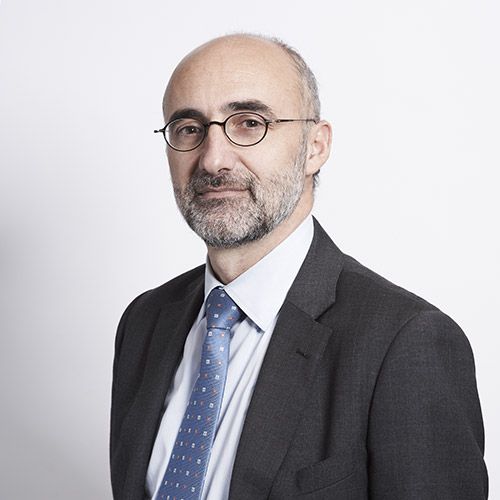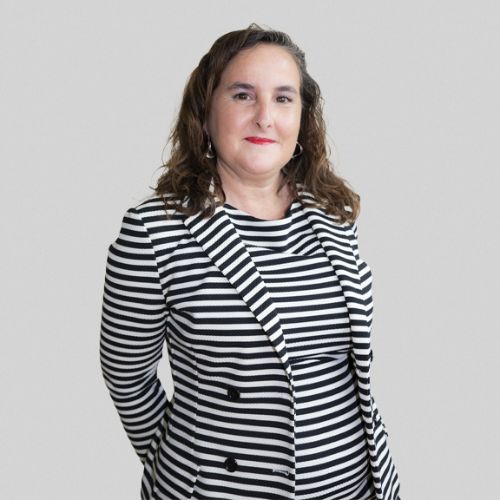Master’s Degree in Theory and History of the Arts and the Image
Presentation
Our Theory and History of Arts and Image course provides a dynamic and innovative educational journey, seamlessly weaving together the traditional study of art history with the rich contributions of philosophical thought.
In addition to comprehensive instruction in art and literature, our program offers a unique blend of philosophical and historical perspectives, along with practical methodological, economic, and organizational insights.
Furthermore, we've cultivated a robust network of experts from both public and private sectors within the field, enhancing the breadth of our educational offerings.
The entire journey is designed to equip students with the knowledge and skills needed to understand the contemporary significance of art.
To achieve this goal, it places a strong emphasis on:
- The relationship between fine arts and performing arts, according to a broad and pluralistic vision of art;
- The historical, theoretical, practical and methodological overview of the contemporary phenomenon of art, characterized by complexity and rich in opportunities and developments. This is not circumscribed to the antiquarian or monumental knowledge – although its importance is certainly recognized;
- The building of a strategic knowledge that makes the interaction with the current needs of society possible, by gathering together the plurality of arts;
- The in-depth analysis of the theoretical, historical and cultural aspects of art, image, and material products conceived according to the aesthetic-qualitative perspective at the highest level which distinguishes the so-called Italian style;
- An approach based on the interaction between the territorial enhancement of cultural resources and heritage, and an international experience finalised to combine the different approaches to cultural heritage and the art world developed within the institutional and economical-cultural climates of other countries;
- The relevance of an effective and innovative communication of the artistic and cultural heritage on the European and global stage.
Head of Program

Dean of the Faculty of Philosophy
Massimo Reichlin


